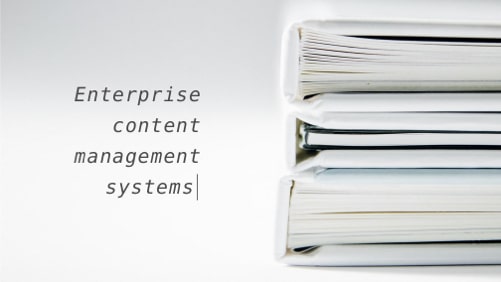“Headless” is where the modern CMS is headed

Headless content management systems (CMSs) are what everyone seems to be talking about these days. Let’s explore how the trend started and whether “the headless way” could become the next best practice.
What is a headless CMS?
A headless content management system is a back-end only CMS, built from the ground up with the cloud-first and API-first approach in mind. It decouples content from its front-end presentation and breaks it into components that can be further called upon by various services over a RESTful communication.
How it gained momentum
The trend for using the purely headless architecture became noticeable around 2017 and has been gaining popularity ever since. If we try to analyze the reasons behind this, we’ll see that on the one hand, the need for multi-channel publishing capabilities has been increasing — content creators now deal with a dreadful multitude of online and offline channels and want an easy way to deliver content to them all. On the other hand, programmers tend to work on the software iteratively these days, delivering code in smaller batches and providing new integrations as needed. Both these trends are covered by the headless CMS.
Legacy vs decoupled vs headless CMS
It’s also important to differentiate between a decoupled and a truly headless CMS. While both enable multi-channel content distribution, in a headless CMS, content just sits there in design-agnostic state, broken down into logical components and ready to be called upon by the APIs. This stands in contrast with the decoupled CMS that may proactively send/deliver content to various channels.

Pros and cons of a headless CMS
While the headless approach looks promising, it comes with its own tradeoffs and is not necessarily the best choice for everyone. So you should carefully consider the pros and cons.
Headless approach pros
- Flexibility. With a headless CMS, developers and designers are free to use any framework or language they wish.
- Security. In a headless CMS, there is no “back door” linked to the publishing functionality that could be used to put up malicious code on the front-end.
- Scalability. You can scale faster thanks to the system’s content purity and the fact that it is designed with the cloud-first approach in mind.
- Agility. One can create prototypes/minimum viable products (MVPs) and test hypotheses in a wider range of environments with less effort.
- Multi-channel distribution. The headless CMS is an omnichannel native and allows you to use the same content repository for multiple front-ends.
Headless approach cons
- The missing front-end. With a headless CMS, you’ll need to create an infrastructure and all the related code for your front-ends separately.
- The missing WYSIWYG editor. A headless CMS usually lacks the traditional content editor with a preview.
- SEO pitfalls. Websites powered by headless back-ends may get incorrectly, or not fully, indexed by the search engines for a number of reasons.
Useful resources
If you decided to give the headless CMS a shot, you have two choices: to create your own system or to use an off-the-shelf solution.
If you go with the second option, Headlesscms.org lists open-source and closed-source headless CMSs — 59 in total. Judging by the feedback on the Internet, Contentful and Prismic seem to be popular with the developers, while Cloud CMS looks like an enterprise darling.
Additionally, you can bring the headless architecture to traditional CMSs like WordPress using REST API.
In conclusion
The modern tech scene where publishing channels are many and the development pace is fast gave rise to the headless CMS. However, if all you need is a simple site with a blog, going headless may be overkill.
A headless CMS does not need to be a proprietary solution. The reason so many companies created their own CMSs in the past was that off-the-shelf solutions were inflexible, and it was difficult to make them fit in one’s architecture. Off-the-shelf headless CMSs are much more flexible and don’t have this problem.
Related Blogs

25 content management systems for enterprise companies
LEARN MORE